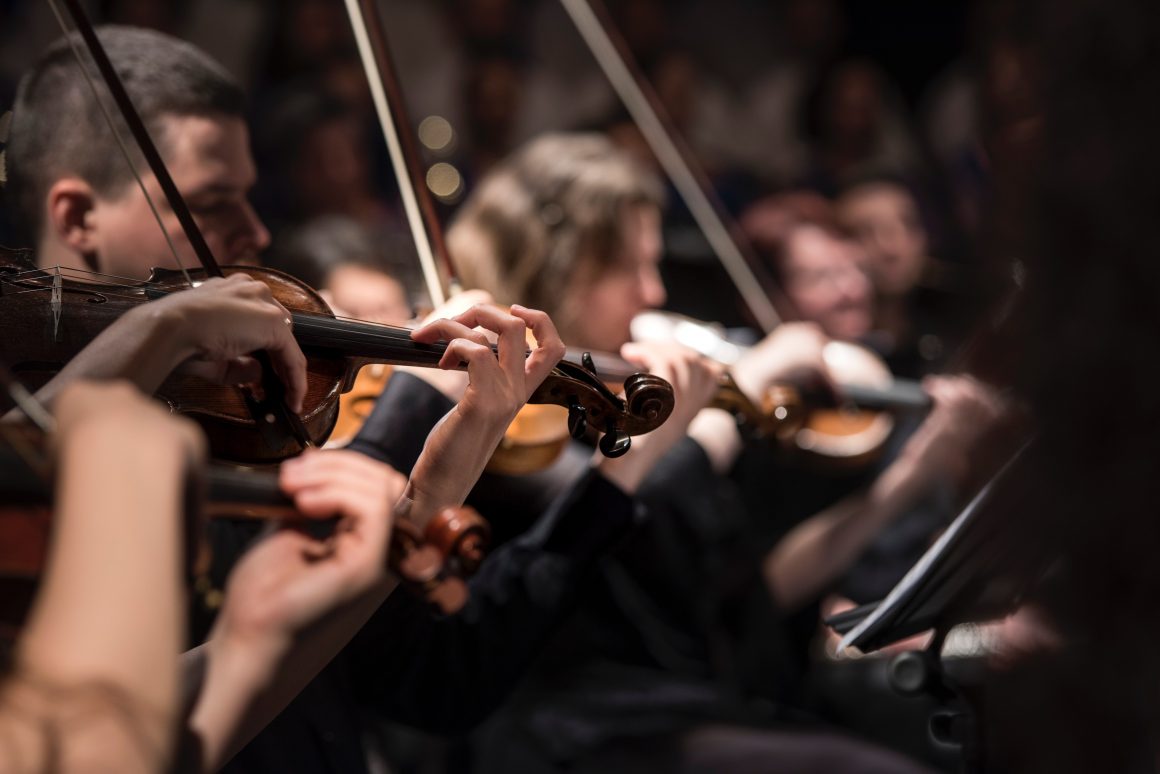A first-of-its-kind study on the effects of Arabic music on health is being conducted at Weill Cornell Medicine in Qatar.
Can listening to music alter your mood? Well, scientists in Qatar believe that tunes could be a remedy for your troubles.
Music therapy is defined as the clinical and evidence-based use of music interventions to accomplish individualised goals within a therapeutic relationship by a qualified professional, according to the American Music Therapy Association.
But using music as a healing tool isn’t new. This approach has long been used since as far back as World War I when musicians would play for military veterans suffering both the physical and emotional brunt of serving in the deadly war.
The positive responses that emerged from such scenarios convinced doctors to frequently hire musicians to fill hospital wards to help with the healing process.
Here in Qatar, the impact of music on health is still being studied by experts.
Dr. Ghizlane Bendriss, a professor at Weill Cornell Medicine in Qatar (WCMQ) who holds a PhD in neurobiology and neurophysiology, developed and directed a course in the Fundamentals of Music Therapy at the centre to help identify the different ways in which this procedure could be applied.
How can music help?
Music therapy can greatly help with relieving anxiety, stress and depression. That’s because listening to music increases the release of both neurotransmitters dopamine and serotonin, which are considered ‘reward’ and ‘happiness’ chemicals – this may explain why listening to music when you’re in a bad mood makes you feel better.
It can also be used in clinical settings or during medical procedures such as drawing blood, and is used by many to relieve chronic pain.
How is this possible? Well, there are two theories as to why it works: music increases the production of ‘opioids’ such as morphine, which acts as a painkiller. The second theory draws from the idea of simply using music as a distraction from the pain.
Aside from that, music can also be utilised either in speech development, such as in the case of disabled children, or with speech recovery. Speech is processed on the left side of the brain, while melodies or music are processed on the right. In knowing this, experts are able to make use of one side of the brain if the other isn’t working too well.
An interesting example to explain this is if someone does not have the ability to say ‘hello’. To help, experts like Dr. Bendriss would transform the word into a melody and sing it instead, making the brain use a different circuit to process speech. Similarly, music can help with cognitive rehabilitation for those with dementia, alzheimers and Parkinson’s disease.
For those undertaking physical rehabilitation, music can also prove to be effective.
The rhythmical aspect of music can aid in enhancing the rhythmical movements in our bodies. For example, music can be used when teaching a patient how to walk, as walking is a repeated action that can follow a certain rhythm, just like music.
Concert pianist, composer and medical doctor Dr. Waseem Kotoub has tried and tested this.
“I used the piano to teach children the difference between colours, so I linked a piano key with the colour red. Then I sang the word red, and by the time I said red the child would directly press the right key. So I created that link between sound and colour. The second step is to try to make the child recognise the colour on different objects,” Dr. Kotoub told Doha News.
Back in the halls of Weill Cornell in Education city, a clinical trial, the first of its kind worldwide, is taking place.
Bendriss has gathered a team to start looking at the effects of Middle Eastern Music using three instruments – Ney, Oud and Qanun – to study the brain activity and moods of healthy people.
The recordings that were used as part of the study were specifically designed for the purpose by Yassine Ayari, a musicologist and music educator at Qatar Foundation.
The historic study is the first to utilise both neurophysiological and neuropsychological assessment tools to investigate the findings worldwide.
Researchers working on the project are using electroencephalogram (EEG) to monitor brain activity in response to Arabic music while also using questionnaires to determine the subjects’ emotional state.
“We wanted to do this because most music therapy research is being performed using western classical music,” said Dr. Bendriss
The results have yet to be revealed, but according to Dr. Bendriss, the team has observed that if they play the same melody with the three different instruments, they can trigger completely different emotions.
“Because we are recording brain waves, we can also see we are eliciting different brain waves,” Dr. Bendriss.
The research, now registered under clinicaltrials.gov, a US-based registry maintained by the National Library of Medicine at the National Institutes of Health, is still underway and the results are yet to be published.
However, depending on the findings, music therapy could soon become an integral part of recovery for patients in Qatar.
Follow Doha News on Twitter, Instagram, Facebook and Youtube
